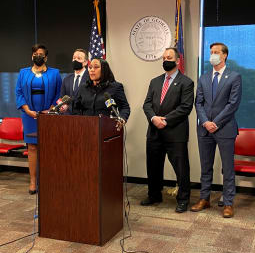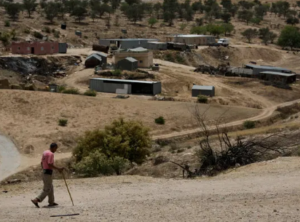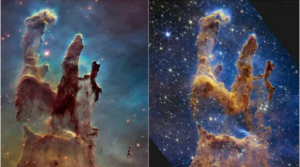
Climate change is making climbing in the Himalayas more challenging experts say
Climbing Mount Everest is one of the most difficult feats known to humankind, but the treacherous expedition is getting even more challenging due to climate change, according to experts Warming temperatures around the globe are making both the A record number of people died while attempting to climb Mount Everest this year. While the Nepalese government blamed climate change for the extraordinary number of deaths, experts say global warming may not be entirely responsibletopography of the glaciers in the Himalayas and the weather patterns mountaineers rely on to plan the timing of their journeys more unpredictable climbing
This is how climate change is affecting climbing in the Hindu Kush Himalaya mountain ranges Research in recent years has overwhelmingly shown that glaciers in the Himalayas are thinning, Joseph Shea, an associate professor of environmental geomatics at the University of Northern British Columbia, told ABC News. Climate change is roasting the Himalaya region, causing glaciers to retreat and permafrost to melt, according to a 2019 report authored by Shea Several of the routes that climbers use to gain access to higher peaks rely on the stability of glaciers, such as the Khumbu Icefall, located near the Everest base camp and used to trek up

The Khumbu Icefall, which is already really difficult to navigate that becomes less reliable said Shea who was been Researchers have drilled into the Khumbu Glacier near the Everest base camp and found that it is “very close to the melting point,” Duncan Quincey, a professor of glaciology at the University of Leeds, told ABC Newsresearching the Himalayas since 2012 With just a small increase in atmospheric temperatures, the Khumbu Glacier won’t be far from being in a scenario where it will start to melt rapidly, Quincey said Climate change can also exacerbate other risks like rockfall events, especially in the high mountain areas because many of the formations in the highest levels are held together by alpine permafrost, or frozen ground that then thaws Shea said
Before the region began to warm rapidly climbers could have more confidence in passing some of these treacherous areas because everything was very much frozenand much more stable Quincey said Many of the slopes are becoming exposed for the first time, and rock avalanche events will be increasingly unpredictable Quincey said Snow and ice avalanches in the Himalayas are also increasing risks for climbers as global temperatures warm a study published in the European Geosciences Union in July found And as we go forward, I think we can expect the whole region to become a lot more hazardous,” Quincey said Weather patterns in the region are also becoming more erratic, making it difficult for climbers to plan safe expeditions from more than a few days out, research shows
Everest experts know that there is a “magical” window in May in which the winds die down below 30 mph, typically between May 15 and May 30, Chris Tomer, a Colorado-based meteorologist and weather forecaster for mountaineering expeditions, told ABC News The window tends to appear as the monsoon season approaches and the jet stream, an area of high wind that typically sits on the summit, gets pushed off, allowing the winds in the region to drop dramatically and improving conditions for climbing, Tomer said But that timing has been changing Typically, if winds are above 30 mph, most people will not climb, Alan Arnette, a seasoned mountaineer who is the oldest American to climb K2 at 58 years old, told ABC News It’s just too dangerous, and it increases the chance of frostbite and other problems,” he said

















Average Rating